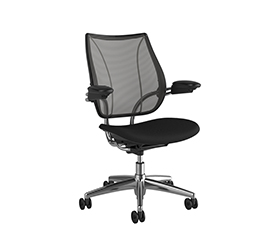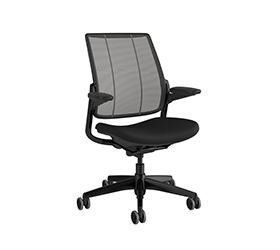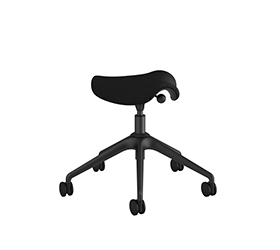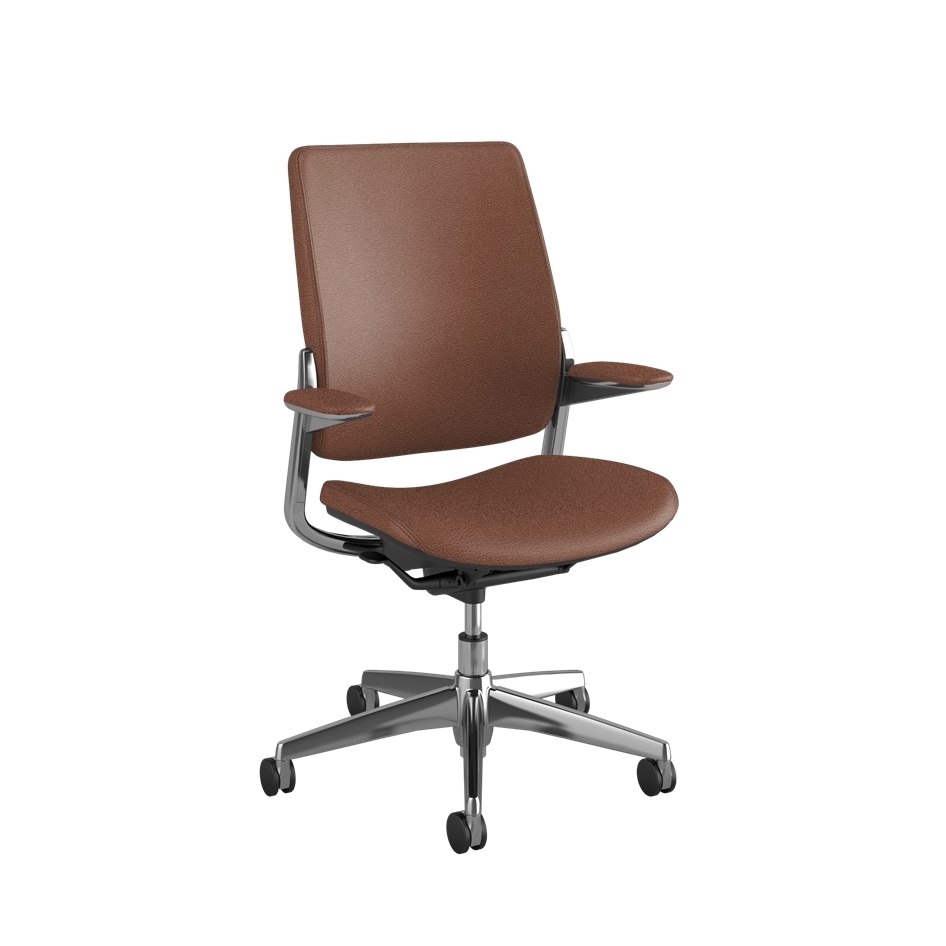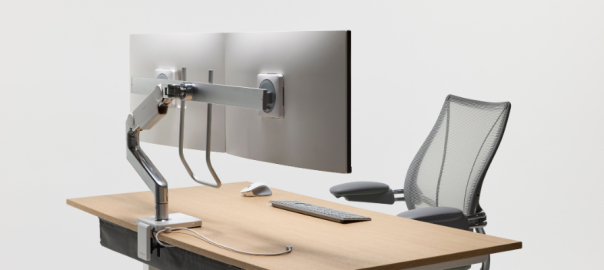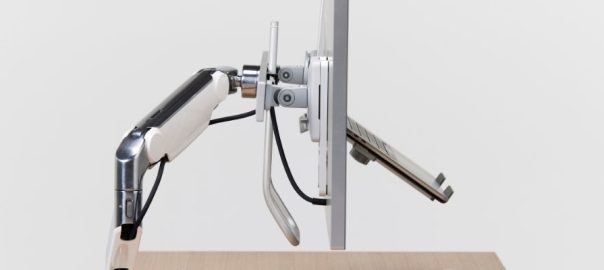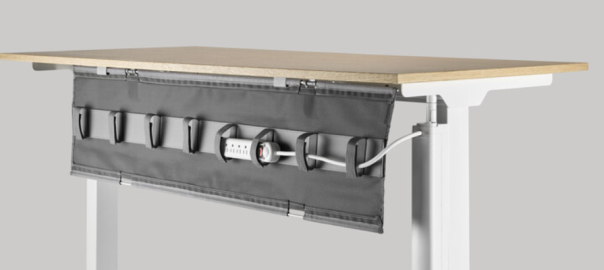The INTERNET OF THINGS, smaller and faster notebooks, and sweeping changes to corporate IT policies all point to one universal truth: the OFFICE OF THE FUTURE is here. The problem is that most workspaces are stuck in the past. It is important that individual workspace design evolves to support today’s technology needs while also providing HEALTHY and COMFORTABLE user experience. More and more organizations in India are beginning to see the link between worker discomfort, lost productive time and cost. Proactively addressing discomfort levels therefore becomes an important business strategy. The Solution: Ergonomics.
Ergonomics Defined
Ergonomics is the applied science of fitting the physical environment to the worker. When ergonomic design principles are applied to space, employee comfort improves, risk of injury decreases, and worker efficiency is enhanced.
Without guidance, proper work tools, and training, however, employees tend to self-diagnose their discomforts and reconfigure their workstations themselves, often yielding poor results, some of which are even worse than those of the original, flawed configurations. This practice not only negatively impacts the aesthetics of the space, but ultimately costs organizations a huge amount of money in costly retrofits, not to mention the costs associated with worker injury and lost productivity.
Fundamental Design Challenges
The majority of work surface heights in modern offices are simply inappropriate for most. As a result, employees are forced to conform their bodies to an inappropriate fixed height by shrugging their shoulders, raising their chairs, and leaning forward to type and mouse. These awkward postures require excessive muscle effort and lead to discomfort and fatigue.
Standard desk height, however, is just one area of ergonomic concern. The need to accommodate individual differences with respect to monitor positioning, lighting requirements and chair design are just as critical. Workers should have control over their environments, including their hand and wrist position, monitor position, and individual light level. Individual control combined with high-quality ergonomics training will consistently yield safe and productive workers.
Hand & Wrist Posture
While postural problems and their associated injury mechanisms are fairly complex, design solutions aimed at improving hand and wrist posture are relatively simple to implement. Applied ergonomics research has shown us that a ‘hands in lap posture’ is the ideal keyboard and mouse position for those who are able to type proficiently. Lowering the keys and angling them slightly away from the body reduces shoulder shrugging and helps to straighten the wrists. Bringing the tools closer to the body affords the user the ability to properly utilize their chair backrest. Installing an articulating keyboard support is the most cost-effective means of achieving postural improvement.
Task Seating
Selecting a chair that is easy to adjust, provides support and promotes movement is critical for maintaining healthy body posture. The typical office worker will likely spend more time sitting in his or her chair than he or she will spend anywhere else, with the exception of perhaps his or her bed. Frequent postural shifts are recommended to minimize static muscle contractions and fatigue. Today’s most innovative task chairs feature self-adjusting recline mechanisms which automatically tension the backrest based on the user’s body weight. These designs drastically simplify the operation of the chair and have been shown to promote a movement that is critical for maintaining spinal health. Look for a chair that also has an adjustable seat pan, backrest and adjustable armrests.
Monitor Positioning
Providing computer users with flexible monitor positioning is another important strategy for maintaining high levels of operator comfort. Because we tend to look downward naturally at -15 degrees, the top line of text on the monitor should be no higher than eye level and at about an arm’s reach from the body. Multiple monitor setups are challenging from an ergonomics perspective because they impact body alignment. Adjustable flat panel monitor arms can be used to aid with proper positioning and alignment and can also help to free up previously used desk space for writing or referencing tasks.
Task Lighting
Most office environments are drastically over-lit from an ambient perspective (creating tremendous energy waste), and yet are simultaneously under-lit from a task perspective. Monitors are best viewed in dimly lit settings because they emit light. Paper documents, however, reflect light and therefore require light in order to be viewed. Herein lies an obvious conflict with single-source lighting schemes for computer workstations—a single light source will not be able to provide appropriate lighting for both a monitor and paper documents. Age is a factor as well. As we get older, the corneal lens hardens and the process of accommodation becomes increasingly difficult. Focusing on near-field objects becomes increasingly challenging. By the time an individual reaches the age of 61, they require at least 250 percent more contrast to view the same documents as they did in their 20s. To solve these dilemmas, many organizations are employing a dual-source lighting scheme by lowering ambient light levels and providing users with controllable task lights. This approach has been shown to significantly reduce visual symptoms and reduce by up to 60 percent the energy requirements for lighting.
Training
Workstation design changes are often met with opposition because it is human nature to resist change. Improvements should therefore be accompanied by sound ergonomics training. Involving employees in the change process has been shown to significantly reduce injury rates and the associated lost productive time.
Widespread Benefits
Challenging your organization to design high-performance work environments will not only improve worker comfort and reduce costs but will also preserve the original design vision of the space. Enhancing the human experience will quickly differentiate your company from the competition while attracting higher-quality candidates and resulting in higher levels of employee retention.
Published In:
CIOL: The news portal of Dataquest Group which is very popular amongst the IT/Tech community


